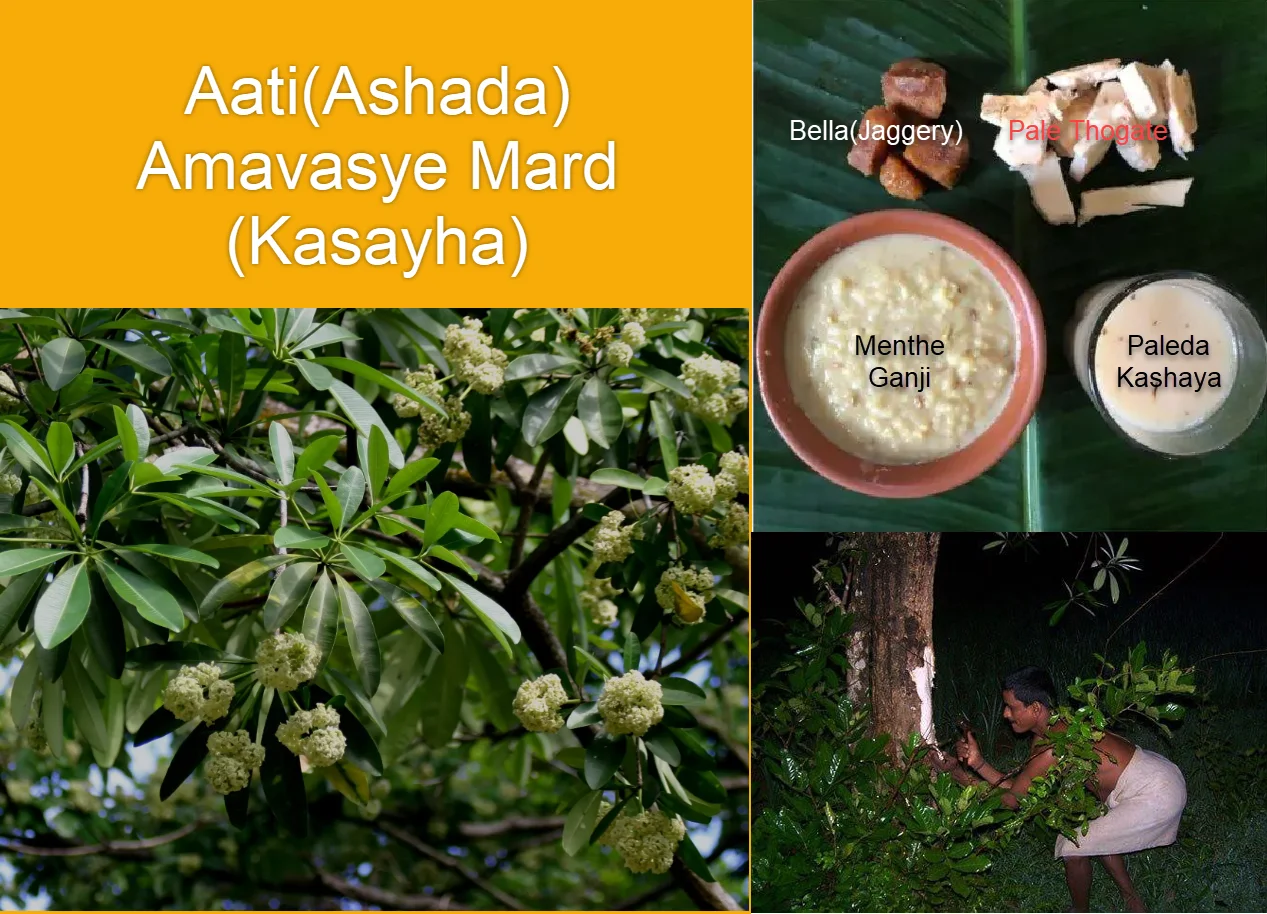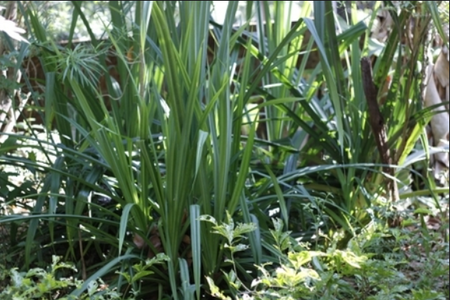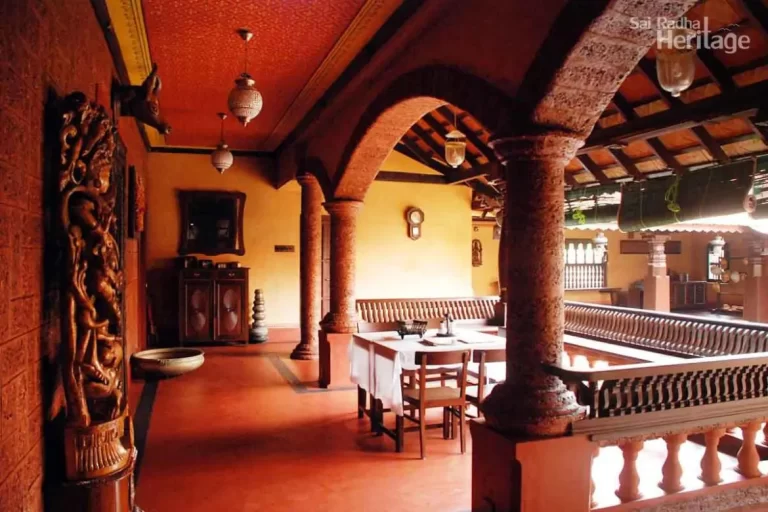Aati Amavasye
Aati(Ashada) Amavasye or Mard Parpina Parba
Aati Amavasye – It’s time for Paleda Kashaya and Metteda Ganji, as part of ‘Aati Amavasya’ or ‘Mard Parpina Parba’ in Tulu Nadu, which marks beginning of auspicious period for Hindus. ‘Aati Amavasya’ in Tulunadu or Deevige Karkataka Amavasya or Bhimana Amavasya is a festival celebrated in South India, in most parts of Karnataka, Andhra Pradesh and Tamil Nadu. It is celebrated on the new moon day (amavasya) of the Ashadha (Aati) month of the Hindu calendar. And early this morning devotees were seen near the medicinal tree ‘Pale Mara’ (Tulu) or Hale Mara (Kannada) known by botanical name as ‘Alstonia Scholaris’ also known as Blackboard tree, Devil tree, Milk Wood pine, White cheese Wood and Ditabark in the English language, peeling off chunks of its bark using a stone (no knife or sickle should be used) and later walk away to their residence and pound it to get the bitter juice “Paleda Kashaya” after adding some spicy ingredients and seasoning which is consumed by the members of the family in small quantities.
Paleda Kashaya during Aati Amavasye
There are several other rituals to be followed to make the concoction or Kashaya or Aati Amavasye. A day before the new moon, house elders go near the Pale tree, clean up the entire area, place betel leaves, areca, a sharp edged stone and they tie a rope around the tree. It is an age old tradition that bark has to be scrapped using only stone and no sickle or sharp metal weapons, which weakens medicinal values. The bark is collected during wee hours the next day. Sources also reveal that, it is also bizarre that house elders used to go naked near the tree to collect the bark for reasons unknown.
At the time where people talk about immunity boosters to fight pandemic, the coastal districts also referred as Tulunadu had its own immunity booster dose. Interestingly, it is taken only on a particular day of the year that is Aati da Amavasya and believed to be protecting an individual for the rest of the year. Paleda ketteda kashaya, a bitter Ayurveda concoction what it is called as, served each member of the family including new-born. This year it is taken on July 20. It is believed that Paale tree or devil’s tree bark has 108 numbers of medicinal properties on Aati da Amavasya or new moon day.
It has been a tradition in Tulunad, perhaps over centuries, to have a compulsory intake of the repulsively pungent sap of the Devil’s Tree on Aashadha Amavasya, which is called Alstonia scholaris in Botany.
Its twig and leaf formation is unique and uniform, due to which fact perhaps it is known as Saptaparni in Sankrit. The Konkani form of Santni Rooku and Saatavana in Hindi too may have derived from ‘Saat’ for seven, says a language expert. Similarly, because of the milky appearance and consistency of the sap, the Kannada term ‘haale’ may have been obtained, he opines. He is prepared to stand corrected if anyone puts up a better guess.
In the coastal districts, the practice of drinking a concoction made of this sap on the day of Aashadha Amavasya had transcended religions and castes. Tradition demanded a share of protocol as well. The sap had to be extracted by chiseling the bark of the tree with a sharp-edged stone and not with any metal implement.
Making of Kashaya on Aati Amavasye
Just to beat the pungent taste, depending on individual tastes, garlic, ginger, pepper, lime, tamarind, jaggery etc are mixed and the concoction is prepared. It is always taken on an empty stomach.
It was more a symbol of religious harmony. In the olden days, the knowledge about the herbal treatment and medicinal qualities of native plants spread from word-of-mouth and also has come down the generations.
The Devil’s Tree sap is reputed to have high medicinal value and antibiotic properties. The Aashadha Amavasya, which almost without fail falls in July, is the time when there are heavy rains in the districts. That is when people catch ailments like cold, cough, fever and water-borne diseases.
The sap intake was believed to be not only a sureshot remedy on Aati Amavasye day but also a powerful supplement for the immunity system in the body, an Ayurvedic practitioner says. If the present generation does not respond well to the native medicines, it does not mean that they do not have efficacy, but because once the body gets used to the allopathic medicines, the herbal medicines may take long to work. The sap is also reputed to be a worm-killer and also an appetite-booster.
If the elders used to take this medicine on the appointed day, there was nothing religious about it, says senior citizen Catherine, who is still following the practice of making her children and grandchildren drink the concoction on the very day. She feels the society in general accepted the day of Aashadha Amavasya, so that no one would miss it. If it was fixed on the basis of any month or date, it would not have been taken seriously and was most likely to be missed or kept off for another day, she feels.
I recall, my mother too used to give me and my brothers a dose of the sap on the day. Muslims too in Dakshina Kannada drink this medicine. There were no objections, reservations or resentment from anyone. With the growing mistrust and divide among various communities, the olden harmony is only a thing of the past, he says with a tinge of sadness in his voice.
One need not wait for a certain day and recommends that it be consumed all through the year by people of all ages. There is a belief among the public that the roots of this tree sink deep and wide and can unsettle the foundation of any building. It is for this reason that the trees are not allowed to grow near any buildings.
Extra caution is necessary since very often the Nux Vomica (Kannada – Kaasaraka, Tulu – Kaayer and Konkani – Kaazro) is mistaken for the Devil’s Tree. The mix-up is because the unwritten requirement of extraction of the sap before sunrise. Being the new moon night, there would be hardly any light. Hence the mistake is likely.
During the past twenty years, several lives have been lost because of the mix-up. Elders have cautioned those trying to extract the sap in the early morning hours of Thursday, July 19 to ensure that they would not use the sap from the wrong tree.
Menthe Ganji (Fenugreek Congi) during Aati Amavasye
Amavasya is the day of new moon occurrence in the sky, and any fortnight containing the new-moon is considered auspicious by Hindus. They believe that during this period, the offerings they make, reach their late forefathers and in return are showered with blessing. Signifies the beginning of auspicious period, and many pooja’s are performed to Hindu deity’s during this period seeking blessing. It is believed that on this day Shiva, the Lord of destruction in Hindu mythology is taken over by Parvathi’s devotion towards him and accepts her as his wife. Parvathi is considered by some schools of Hinduism as the supreme Divine Mother or Lordess and all other goddesses are referred to as her incarnations or manifestations.
Parvathi thus symbolizes many different virtues esteemed by Hindu tradition: fertility, marital felicity, devotion to the spouse, asceticism, and power. Hence it is believed if women abstain food on this day and offer prayers to Lord Shiva, Parvathi chastely an unmarried would seek a good virtuous husband and married would pray for their husband’s long life, success and happiness. Usually two idols are made using red mud clay, dried and decorated. One Idol depicts Lord Shiva and the other symbolizes Parvathi. Many devotees on this day take a sacred dip or bath in the sea here and strongly believe that with the blessings of Varaha Swami, all kind of skin diseases will immediately disappear.
Making of Menthe Ganji (Fenugreek Congi)
Go to Tulu News Page to read more about Tulu Nadu News, Events etc.
Go to Our Partner Website to book Self Drive Cars to drive in Mangalore, Udupi and Kasargod







